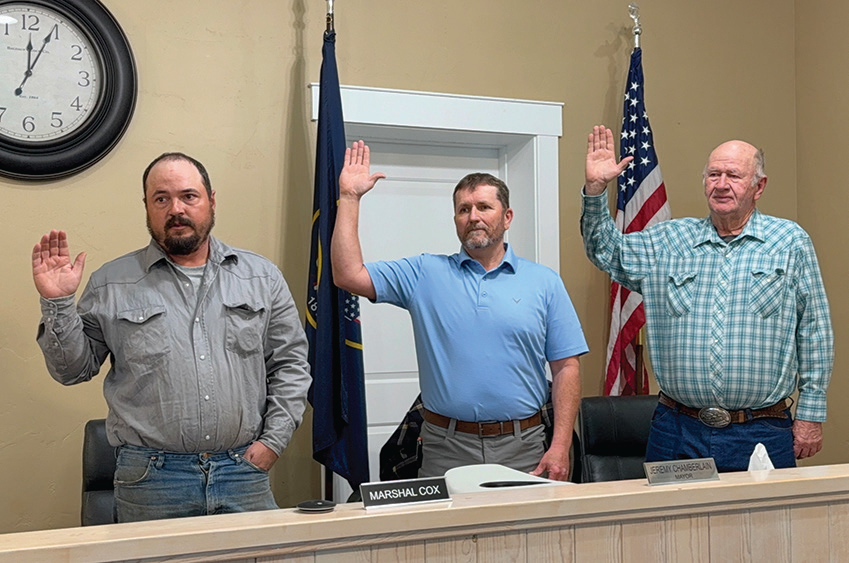Eighty-two percent of state in extreme drought
- Michael Sanchez

- Jul 6, 2022
- 3 min read
Updated: Jul 12, 2022
UTAH - The state’s dry conditions in May and record high temperatures in June continue to elevate drought conditions. According to the U.S. Drought Monitor, 82.83 percent of the state is in extreme drought or worse. On June 12, Salt Lake City reached 102 degrees, becoming the city’s first 100-plus-degree day, and beating the previous record high temperature set in 1918. There is more variation in the water situation throughout the state than last year.
“Storms these past couple of weeks gave us a glimpse of the monsoon season,” said Candice Hasenyager, director of the Division of Water Resources. “We welcome this precipitation and recognize that it helps to reduce demand on our water supplies. It is essential to use our water wisely to ensure it’s available now and into the future.”
At-a-glance highlights:
Recreators should check reservoir levels before they head out. Conditions vary and some boat ramp closures are in place due to low water levels.
The current elevation of Great Salt Lake is 4190.4, less than five inches away from reaching a new historic low. The current historic low (set on Oct. 18) is 4190.2. Great Salt Lake is nearly 1.5 feet lower than this time last year and over 7 feet lower than this time in 2012. Seasonal water supply forecasts throughout the Great Basin (not including the GSL), are 50-60 percent of average for 2022.
New drought.utah.gov website gives a broader view of drought impacts. The site centralizes a variety of drought resources representing multiple agencies. Fire info, wildlife impacts, water supply info, boat ramp closures and current drought stats can all be found on the new site.
Current drought conditions have created drier fuels which increase the chance of wildfire. To date, there have been 321 wildfires in the state of Utah. Of the 321 wildfires this year, 221 of them have been human caused.
Harmful algal blooms (HABs) have been detected in the North Fork of the Virgin River (including The Narrows) and North Creek in Zion National Park. Those areas are currently under a Warning Advisory. La Verkin Creek in Zion National Park is under a Health Watch, as HABs may be present.
Sixteen of Utah’s largest 45 reservoirs are below 55 percent of available capacity. Overall statewide storage is 62 percent of capacity. This is about where reservoirs were this time last year.
Last year Jordanelle reservoir only rose 21,650 acre-feet. This year over three times that amount reached the reservoir. Reservoir levels are still low due to years of drought, but we appreciate that more water made it to the reservoirs.
Of the 99 measured streams, 55 are flowing below normal despite spring runoff. Three streams are flowing at record low conditions. Due to low snowpack, stream flows are expected to be lower than normal.
The ongoing drought may lead to more wildlife traveling into Utah neighborhoods in search of food and water. To find alternate food sources, deer and other big game animals may end up in people’s yards or gardens this summer. Check tips to save plants and minimize property damage from these wildlife visits below.
According to the latest information released by the U.S. Drought Monitor, drought conditions continue to plague the state, with 82.83 percent of the state experiencing “extreme” or “exceptional” drought conditions. Extreme and exceptional drought conditions are the Drought Monitor’s most serious categories.




